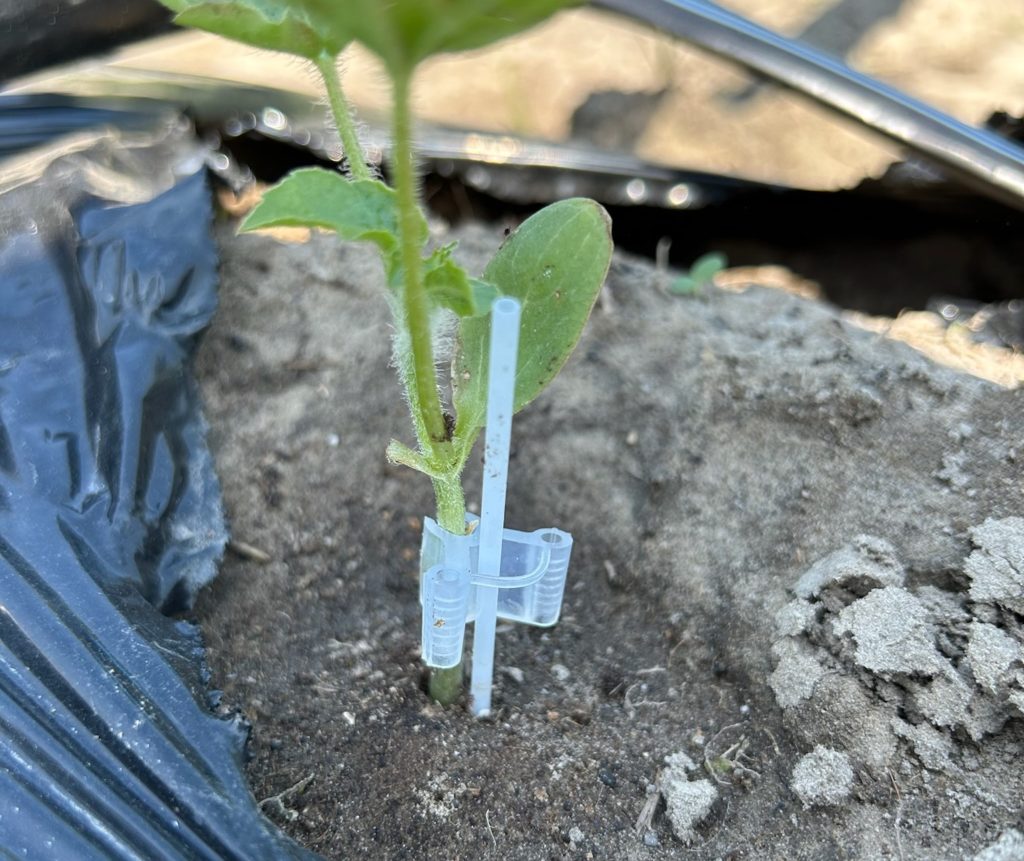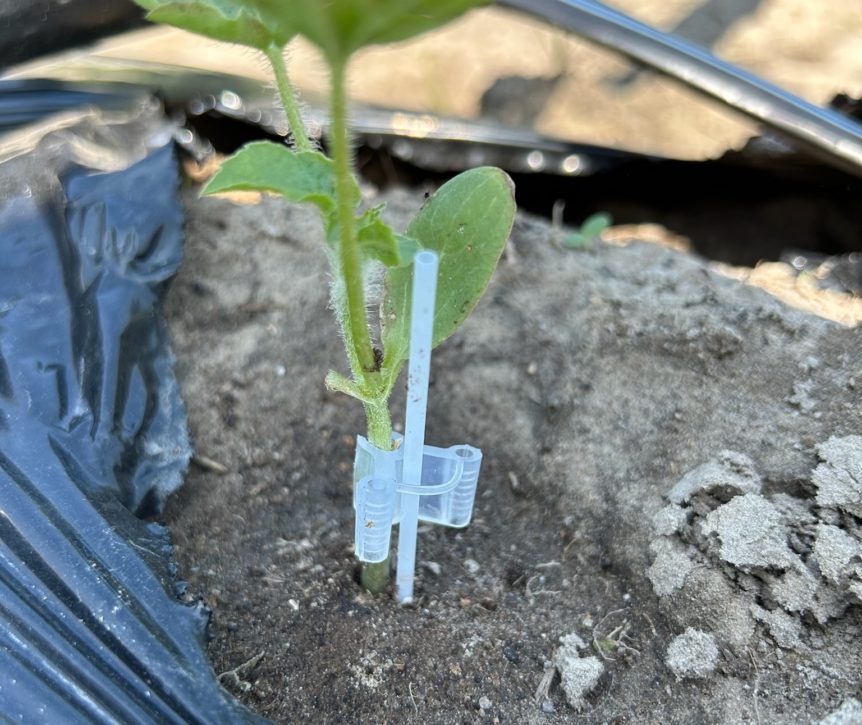
Weekly Field Update
Clemson Extension agents provide updates in The South Carolina Grower this week about the status of various crops being produced throughout the state.
Coastal Region
Anna Sara Hill
- Watermelons and cantaloupes are still being planted. Over the past few weeks there have been a few days of heavy rain events, and windy weather has put some growers behind schedule. Soil temperature is still cool due to the inconsistent weather patterns we are having, which means fusarium wilt is still active and a potential threat to watermelons.
- The blueberry crop looks like it will be a good one this year. Look out for Septoria leaf spot and blueberry leaf rust, as both have been spotted in this area. The spores of both diseases are spread through rain and wind. Be vigilant with cover sprays and check the pre-harvest intervals and label rates before using products.
- Aphids have also been spotted on blueberry bushes in the area. They are most active at temperatures between 65degrees Fahrenheit (F) and 80 F. Populations can explode quickly due to the ability of most aphids to reproduce parthenogenetically and give birth to live young. Most species of aphids have a wide host range and will develop winged forms that move to new hosts.
- Mite pressure is still heavy in strawberries and other plants. Treat as needed according to product labels.
Zack Snipes
- Things are looking good considering there was a torrential downpour last week where some areas received four inches of rain.
- Onions, lettuce, carrots, beets and greens all look great with minimal issues.
- Of course, we are seeing more and more diamondback moth in brassicas right now as well as more black rot. Keep scouting.
- We saw an explosion of spider mites in strawberries this past week. I started seeing some plants in fields across the region turn a bronze color, wilt and die. Some fields are beginning to lose entire plants. I sent off a sample a few weeks ago for testing when I saw these symptoms and it came back positive for Neopestalotiopsis. We are keeping a close eye on this issue and making notes. If you are experiencing this, please reach out to your local Extension agent so we can make a note of the occurrence.
Midlands
Rob Last
- Crops continue to develop well in the Midlands. Given the weather conditions over the last week, abiotic damage may become apparent from both direct wind damage and sand scouring of the leaves. Symptoms may appear similar to many diseases; however, the damage will be transient. Monitoring the crops regularly will help to determine if it is abiotic stress or a pathogen. Heavy rainfall can also bruise leaves. Both the effects of bruising and wind damage can create wounds, allowing pathogens to enter the plants.
- The establishments of tomato, eggplant and pepper crops are looking very good. Please remember to try to scout for mites and foliar diseases. Remember, it is never too early to start bacterial spot prevention, certainly given the rainfall last week and the wind. Wounds may be present on the leaves, allowing bacteria entry into the crop from any soil splash on the leaves. Manzate, fixed copper, and a reduced rate of Actigard can be helpful in managing the disease.
- Cucurbits are also established well with few issues. Chlorothalonil can be a great option for beginning the disease management program.
- Leafy greens are being harvested with great quality and volume.
- I am seeing an increase in Colorado beetle activity in Irish potatoes. There are several insecticides recommended in the handbook. Acetamiprid, Chlorantraniliprole or novaluron can be effective options.
- Fruit crops are looking great with good fruit sets and development in plums. Blackberries are flowering with early fruit sets, and blueberries have a lot of fruit set.
- Strawberries continue to be prolific, keep a close eye out for overripe fruit, mites and water-soaked fruit. Removal of these helps reduce the inoculum level for gray mold and anthracnose. Gray mold is being seen with increasing levels. Given the conditions over the last few days, moving into the cyprodinil, fludioxonil or fluopyram products could be beneficial.
Pee Dee
Brittney King
- Spring crops such as peas, beans, lettuce and potatoes are progressing well, and seedless watermelon transplants went in last week.
- Strawberries are being harvested at good volumes, and spider mites and disease issues are still present. I encourage growers to scout and apply a miticide, like Nealta or Kanemite, to target multiple life stages. I have seen brown-marmorated stink bug eggs in strawberry fields this week and want to remind growers that applying bifenthrin or any other pyrethroid for control could cause spider mite populations to flare up by killing off their natural enemies.
- Blueberries are in the early-to-late green fruit stage. It is important at this time to scout for pests that can burrow into the fruit and cause premature ripening. If you see any signs of webbing or evidence of frass (caterpillar poop) on a cluster of berries, contact your local Extension agent for management recommendations.
- Muscadines have started to leaf out, and blackberries are progressing well.










